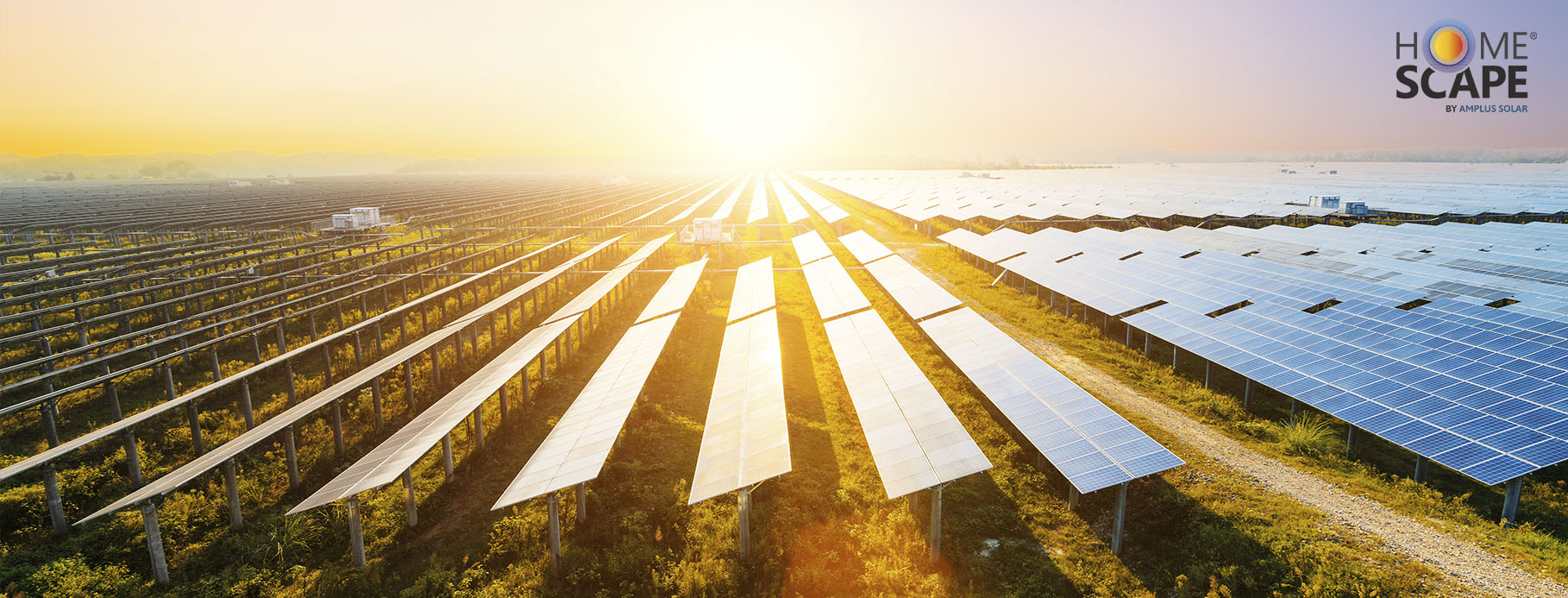Getting rooftop solar system for your home is a smart investment to get practically free power for the system’s complete lifecycle of more than 25 years. However, there are several steps to ensuring a successful solar installation, and it starts with obtaining a broad overview of how this green energy system will work for you.
An initial site visit and technical assessment by an experienced solar company will be done where your annual electricity consumption will be assessed and location suitable for installing solar panels will be analysed for any shade. The technician will also help you consider solar system capacity, its estimated cost, and the possibility of net metering. You will also learn about the projected solar energy generation and the savings or return on investment you can expect after getting home solar plant..
The energy generation of your home solar panels largely depends on how the solar panels are installed on your rooftop.
Here is a step-by-step guide to getting solar panel installation done right.
Location of the Solar Panel (Roof or Ground)
When it comes to onsite solar installations, rooftop solar is preferred for a flat roof as installing solar is fast, easy, and convenient. Another unheard advantage of a solar structure designed for a rooftop is that the solar arrays keep your building cool in the summer by providing a physical cover against scorching heat. Solar panels can also work efficiently on slanted roofs. The decision depends on whether your roof’s size and strength is suitable to accommodate the installation. Also, check if your roof is free of shade from nearby trees and structures.
You can consider ground-mount installation for your solar panels if your roof can’t accommodate solar and you have ample space for the installation. However, to ensure the suitability of your ground location, check if the area is:
- Free from obstructions and shadows cast by nearby trees and structures.
- Flat as steep terrain can lead to costly installation.
- Dry with good drainage to prevent standing water.
A residential solar system is usually installed inside the property. However, solar panel installations can also be done at distant locations for a group of consumers and they can in turn draw power as per their usage, this concept popular in the west is known as community solar. Parking lots are ideal for ground mount solar plants, which upgrade them into solar energy-generating assets and keep the vehicles protected in warmer months.
The Right Direction for Solar Panel
For countries in the northern hemisphere, like India, true south-facing solar panel placement is recommended to get direct sunlight during the day. It is important to understand that the true or geographic south (direction towards the South Pole) is different from the magnetic south shown by a compass.
The most optimum direction also depends on how you are installing the solar panels. A home solar panel system, for example, will be more effective if the panels have a slight rotation towards the west, away from true south. The motive for this orientation is to allow rooftop solar panels to produce more electricity in the evening when people are home using the most appliances. This might decrease the total solar energy production but will ensure solar electricity availability when needed the most.
Finding the Right Tilt and Angle
The modern solar panels allow you to adjust the angle and tilt of panels to maximise exposure to direct sunlight and boost sunlight collection efficiency. However, finding the right adjustment setting depends on the geographical latitude. Generally, you can strike an optimal annual solar energy production by setting the solar panel tilt angle the same as the geographical latitude and towards the equator.
For solar panels located closer to the equator, the panels will be facing upwards. The angle can also negatively affect the production of solar power for your home in an unfavourable climate or environment. Soiling from dust and dirt can happen more frequently on low-tilt solar panels, lowering their ability to collect sunlight.
If you are tired of paying high electricity bills, switching to solar for your home will benefit you immensely. However, getting the most out of your solar power plant in Gurgaon or anywhere in India depends on selecting the right solar options, and a trustworthy and experienced solar installation company makes it all easier for you.
With HomeScape by Amplus Solar, we go above and beyond to help you make switching to solar a rewarding experience. Our renewable energy solutions for home equip your property with high-efficiency solar panels and easy-to-maintain systems. We make a long-term commitment with our customers and accommodate their service and maintenance needs through a lifetime performance warranty of 25 years and comprehensive AMC packages.
Contact us to schedule your site visit and get a solar quote.



